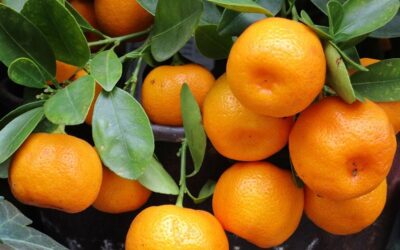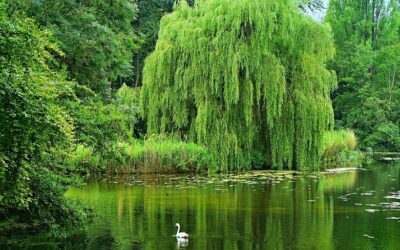For inexperienced gardeners, dill and fennel can be easily confused due to their similar-looking leaves and flowers, as both belong to the Apiaceae family. However, there are distinct differences between them, and with careful observation, you can quickly learn to tell them apart. Additionally, it’s important to note that there are two types of fennel that can also cause confusion, this article will help you to easily distinguish between them.
Dill
Dill (Anethum graveolens) is an aromatic, annual herb native to North Africa, Iran, and the Arabian Peninsula. It is grown widely around the world and is used in cooking, as a fragrance in soaps and cosmetics, and also as medicine. Although the leaves are the most well-known and commonly used part of the plant, every part of the dill plant is edible, including the seeds, stems, and flower heads.
Culinary Uses – Dill is a well-known culinary herb that adds a distinctive flavour to eggs, soups, salads, sauces, fish, sandwich fillings, and pickles. Both the seeds and leaves are excellent for flavouring and can be used fresh or dried. Delight your family with a delicious potato salad loaded with fresh dill, or make a creamy tzatziki sauce that pairs well with almost anything. You can also try your hand at canning by making crisp, lively fresh dill pickles.


Cosmetic Uses – Dill oil is commonly used as a fragrance in cosmetics, soaps, and perfumes. Research indicates that applying products containing dill essential oil may enhance skin elasticity and firmness, reducing the appearance of age lines and wrinkles. Incorporating dill into your beauty routine can help keep your skin smooth by binding enzymes called tropoelastin, which free radicals try to destroy. Additionally, dill is rich in antioxidants that aid in skin rejuvenation
Medicinal Value – Dill is packed with nutrients such as vitamin C, vitamin A, calcium, manganese, magnesium, and iron, and is also rich in antioxidants. These properties help reduce inflammation, insulin, and cholesterol levels, and boost the immune system. Dill has anti-inflammatory benefits, promotes heart health, reduces pain, and helps relax muscles. It is also used to treat liver problems, digestive issues such as loss of appetite and intestinal gas, gallbladder complaints, and urinary tract disorders.
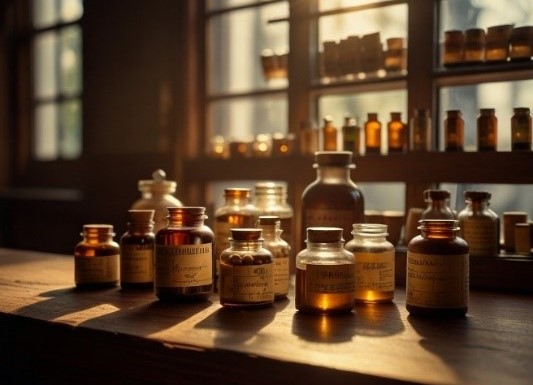

How to grow Dill –
Fennel Family Members
Despite the Three main varieties that have been described, there are only two main types of fennel: herb fennel and vegetable fennel. Herb or sweet fennel (Foeniculum vulgare) is closely related to the vegetable Florence fennel (F. vulgare var. azoricum). Both Fennels have been used as a medicinal plant for thousands of years. It contains vitamin C, potassium, magnesium, and other nutrients. Both plants have a liquorice or anise flavour. Both plants are used in herbal teas. Fennel flowers produce huge amounts of nectar and are a favourite food source for bees and other pollinators.
Herb Fennel
Herb fennel is mainly cultivated for its seeds which are highly aromatic and sweet with a liquorice flavour and is used as an herb for food flavouring. The seeds offer many health benefits and have antioxidant, anti-inflammatory, and antibacterial effects. Fennel is used to treat various digestive problems, including heartburn, intestinal gas, bloating, loss of appetite, and colic in infants. It is also used for upper respiratory tract infections, coughs, bronchitis, cholera, and visual problems.
Vegetable Fennel
Vegetable or Florence fennel plants are smaller and have a sweeter, milder taste than herb fennel. It grows large bulbs on the end of short stalks. The entire plant is edible. The raw bulb is crunchy and sweet and can be softened by grilling, roasting or braising. Fennel leaf can be chopped into salads and added to soups and fish.

How to Know them Apart
Dill
Annual
Flavour is fresh, grassy and citrussy
Shorter thinner stalks
Roots
Rich, well-draining soil

Leaves are shorter and slightly wider

Seeds are brown, flat and thin
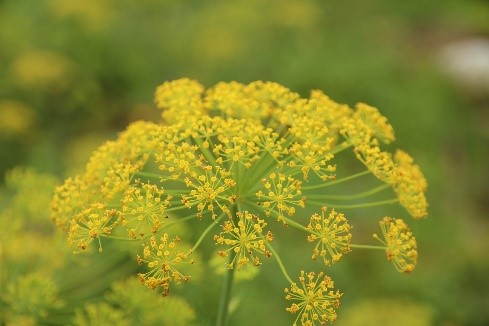
Flower heads have a rounded shape
Herb/Sweet Fennel
Liquorice or anise flavour
Tall stalks
Roots
May grow well in any soil
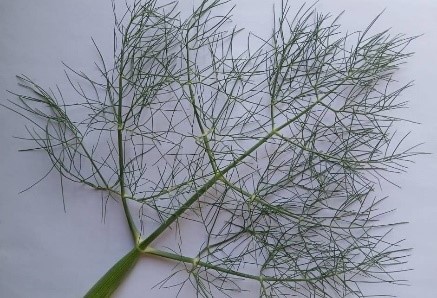
Leaves are thin, long and feathery

Seeds are longer, cylindrical with a ridged texture running lengthwise

Flower heads are large, round and flat
Vegetable/Florence Fennel
Perennial
Liquorice or anise flavour
Shorter stalks
Root bulb
Prefers richer, moist soils

Leaves are thin, long and feathery

Seeds are longer, cylindrical with a ridged texture running lengthwise

Flower heads are large, round and flat
Understanding the differences between dill, herb fennel, and vegetable fennel will help gardeners confidently identify and utilize these plants for their culinary, aromatic, and medicinal benefits.








